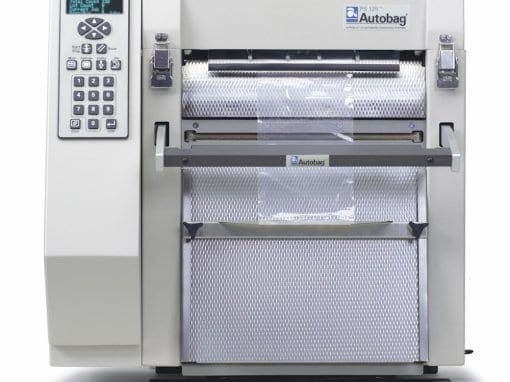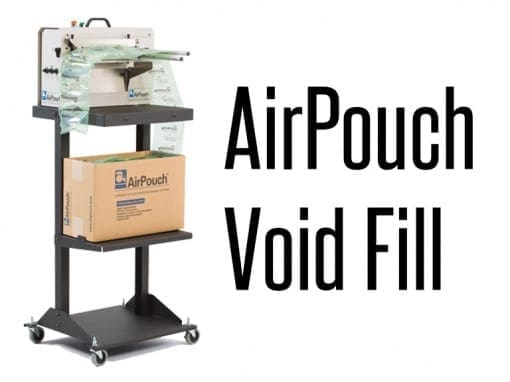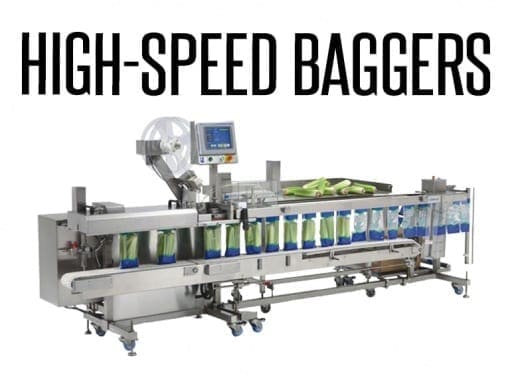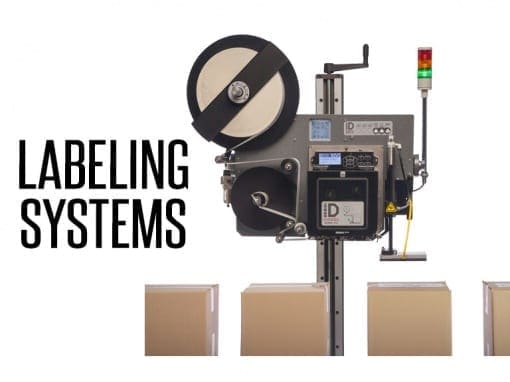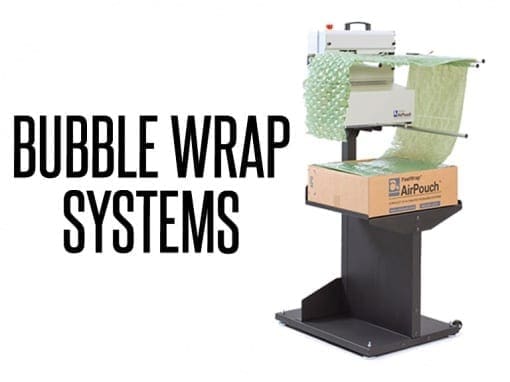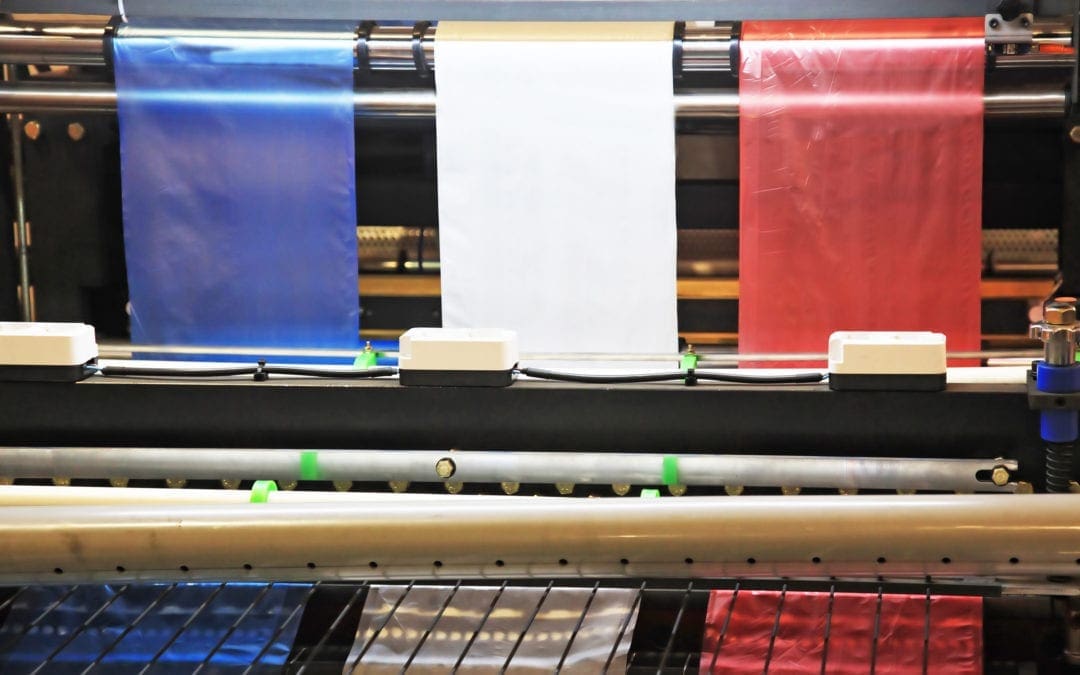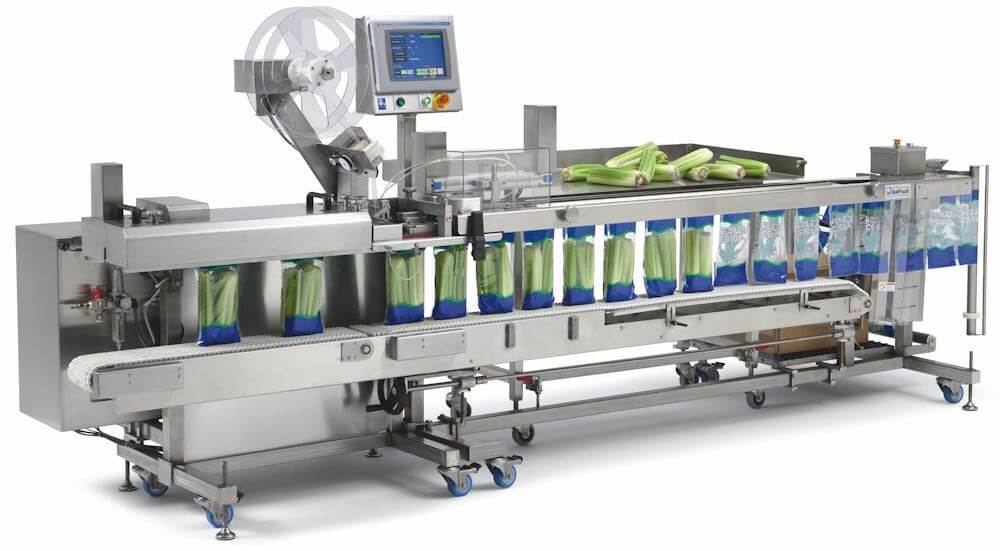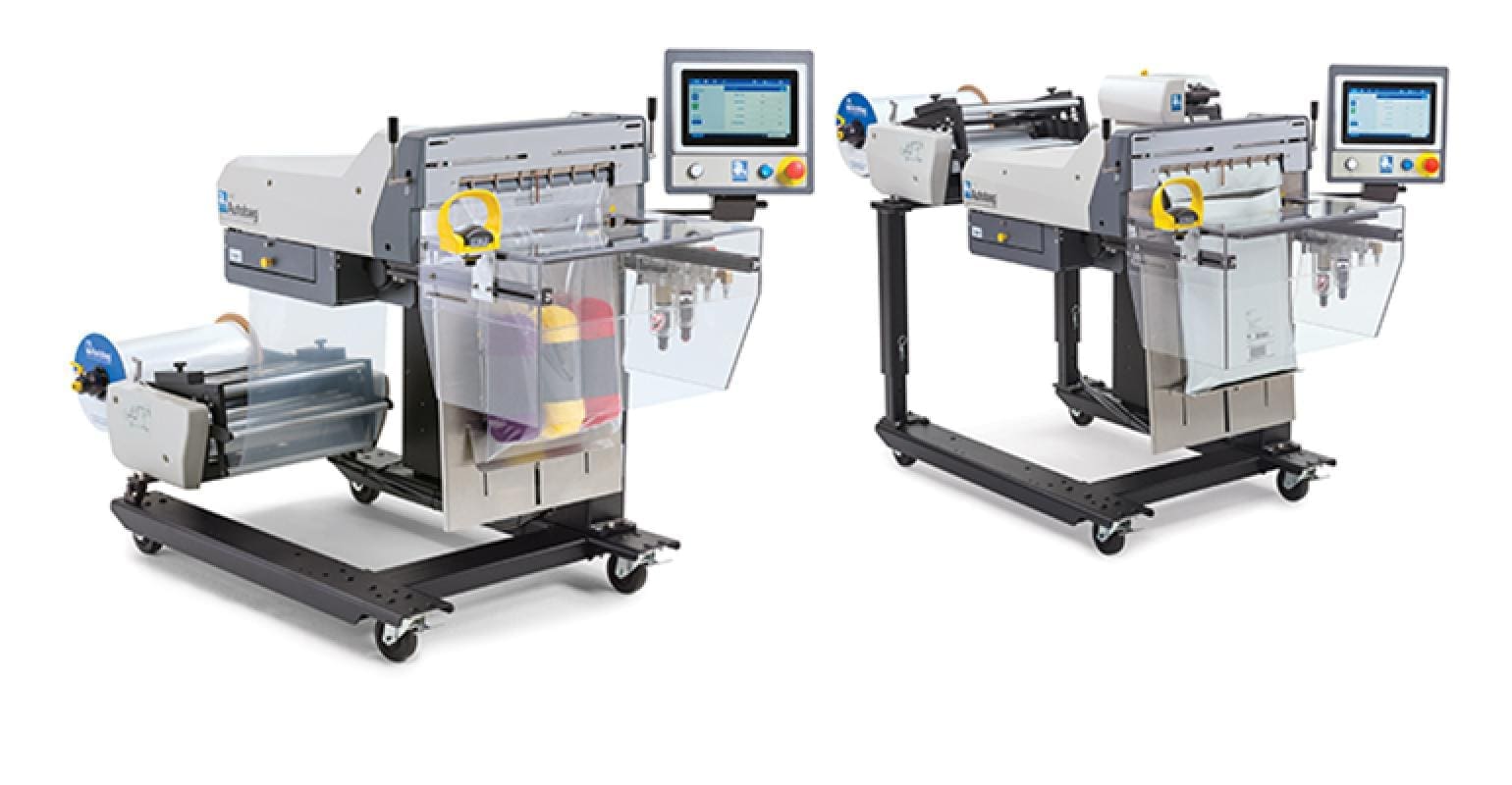AUTOBAG-500
BorderPak Preferred Packaging Solution
Materials & Supplies
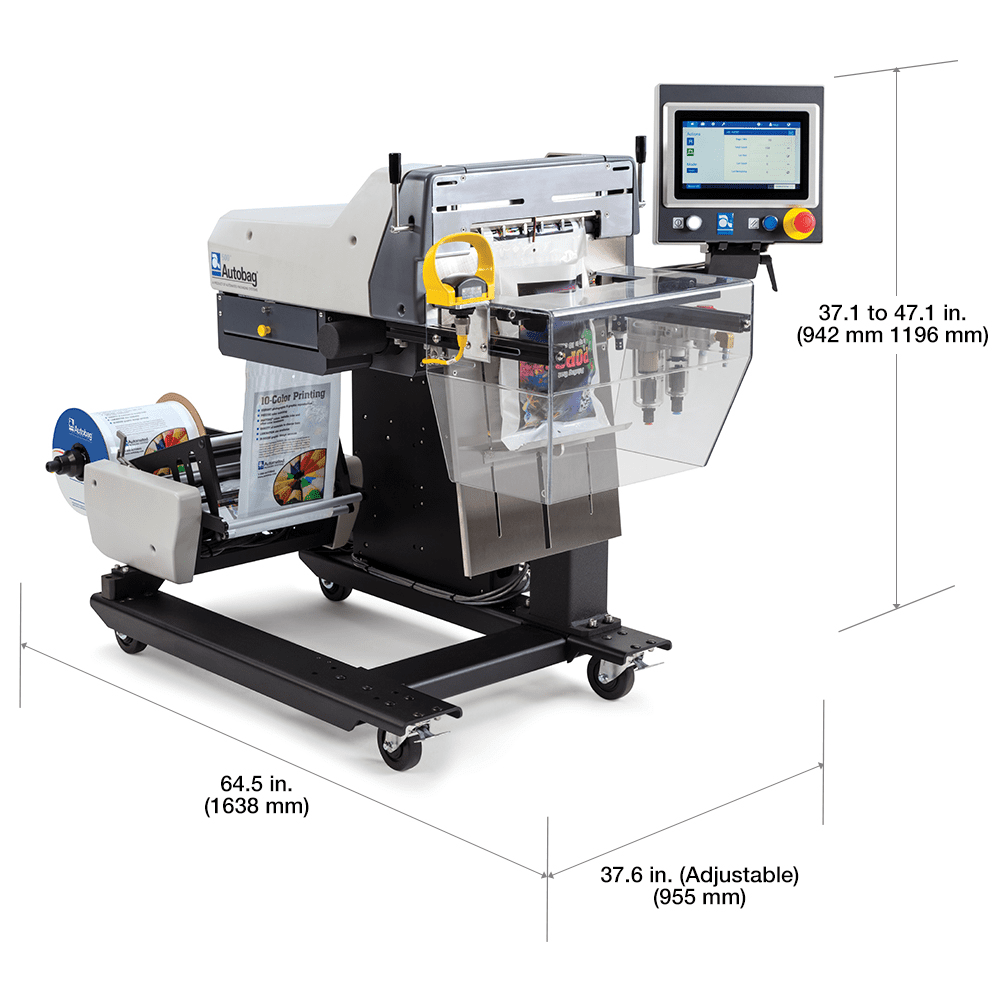
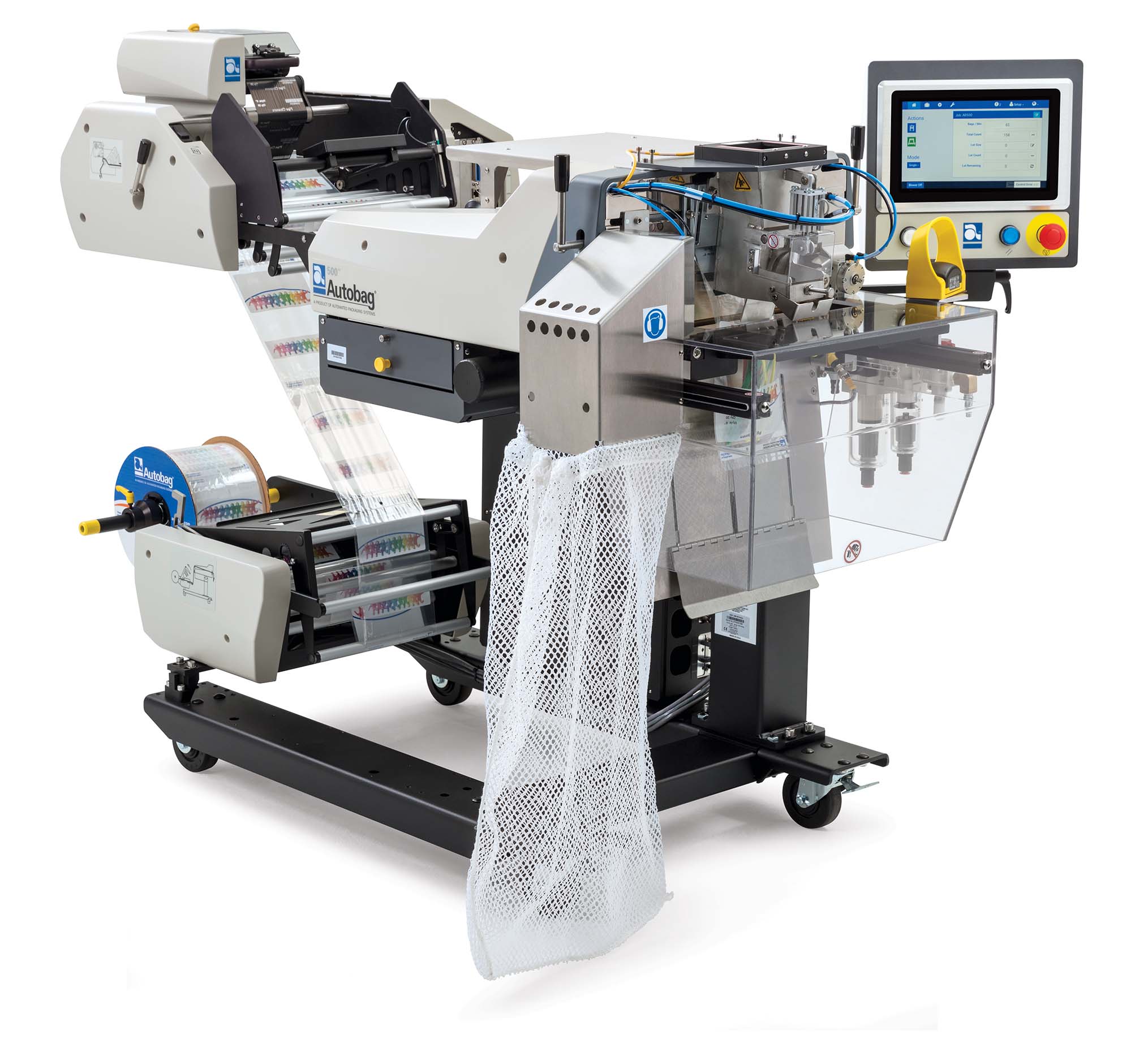
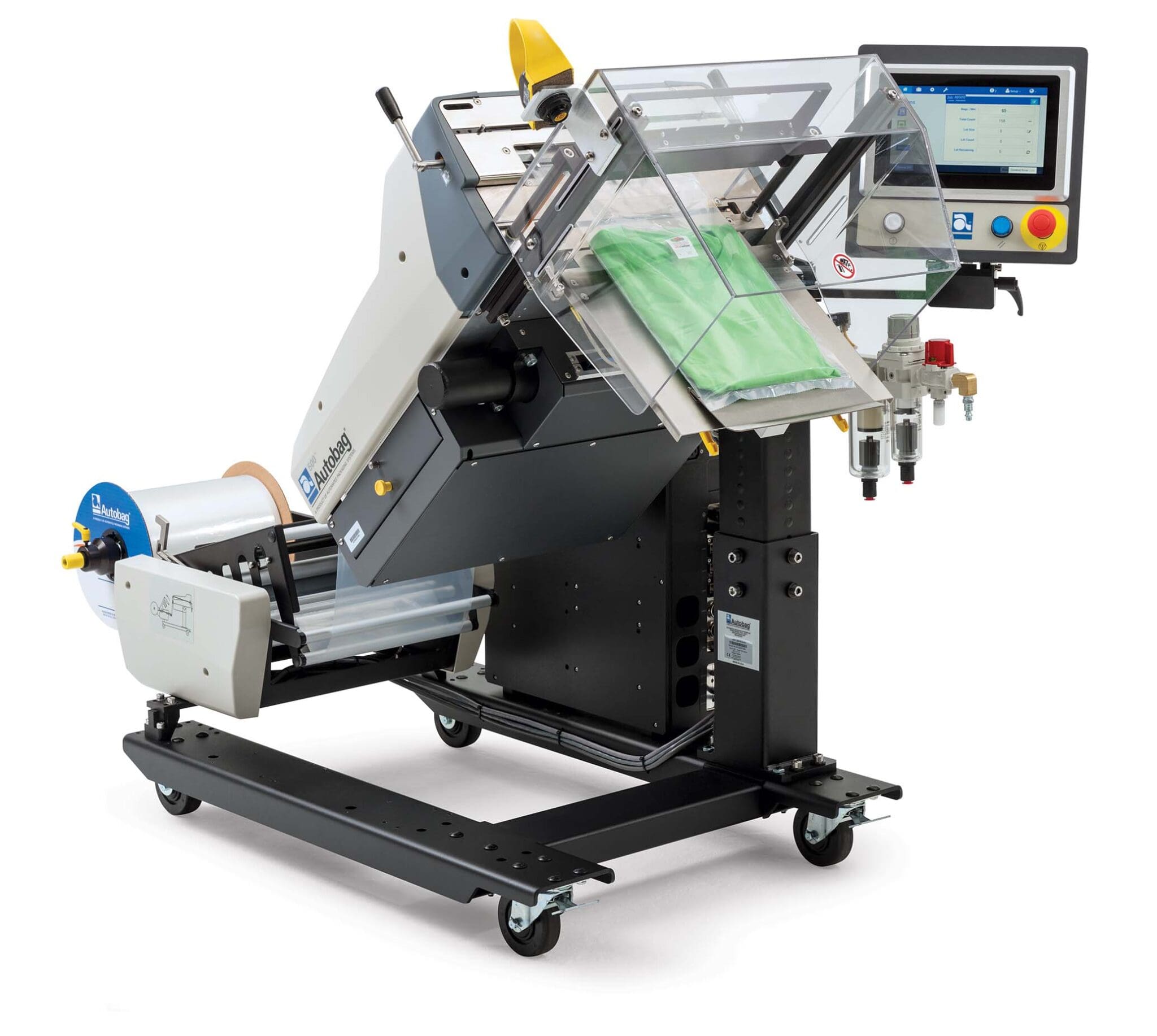

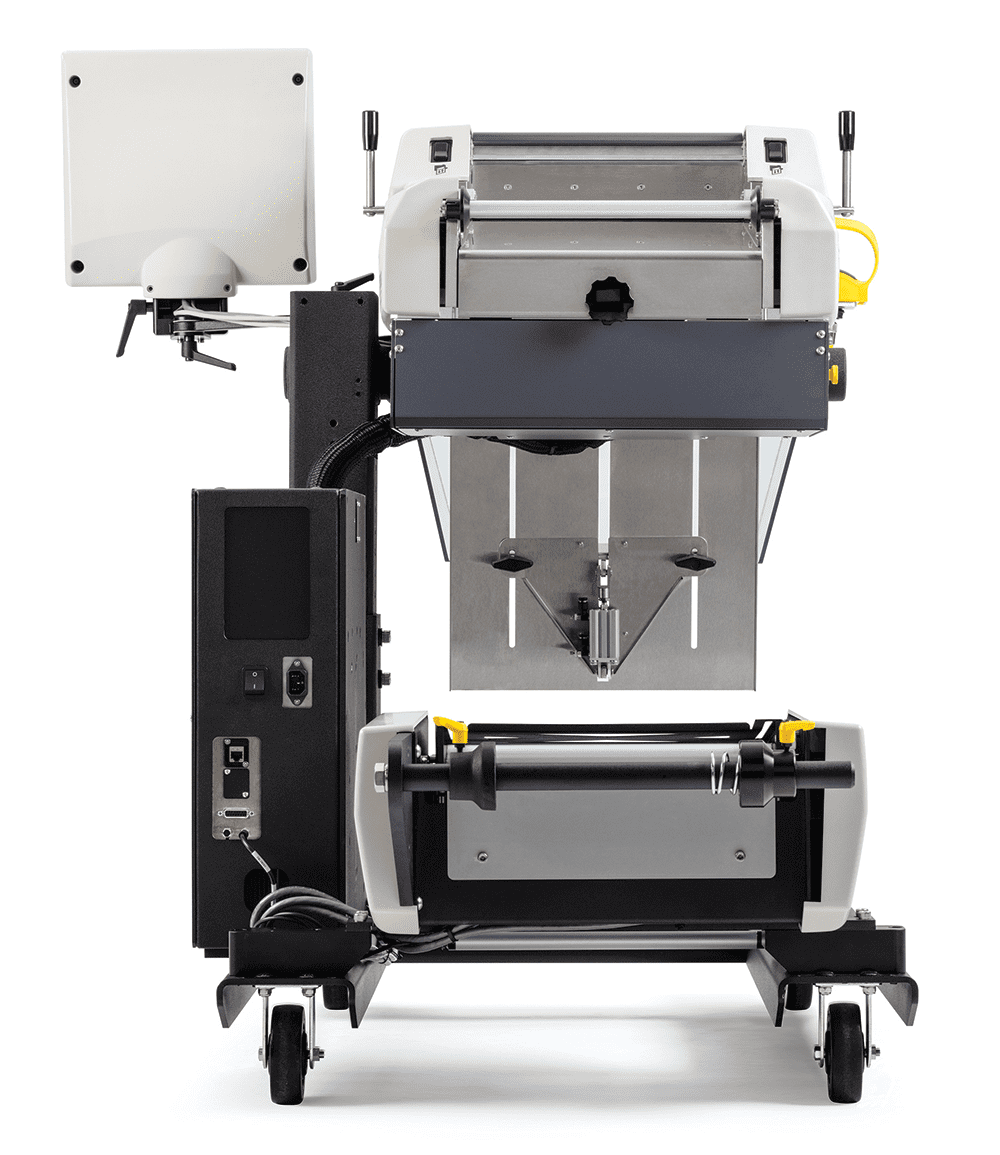
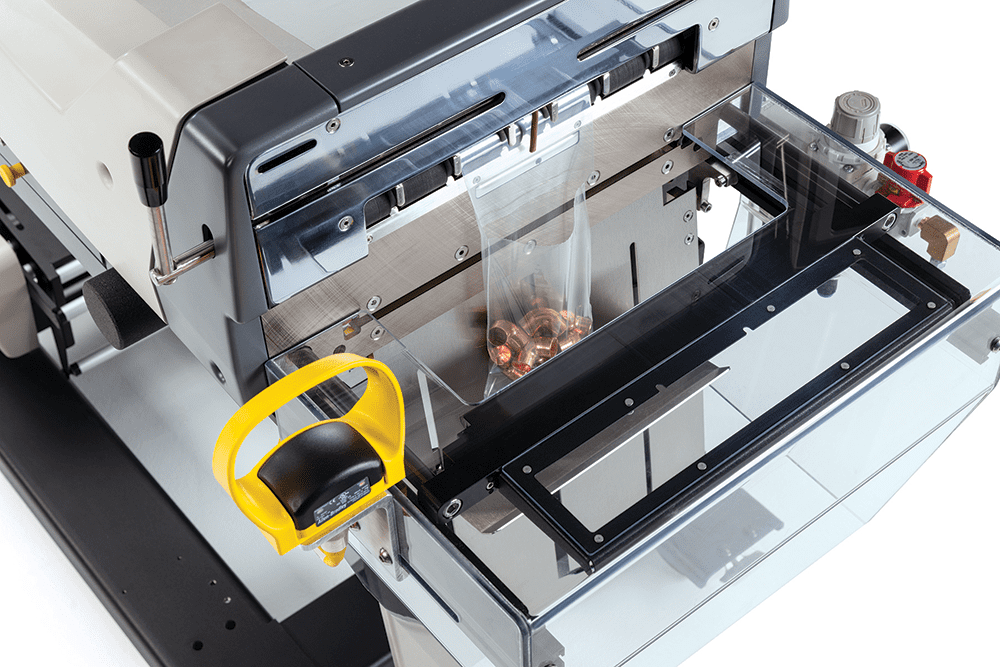
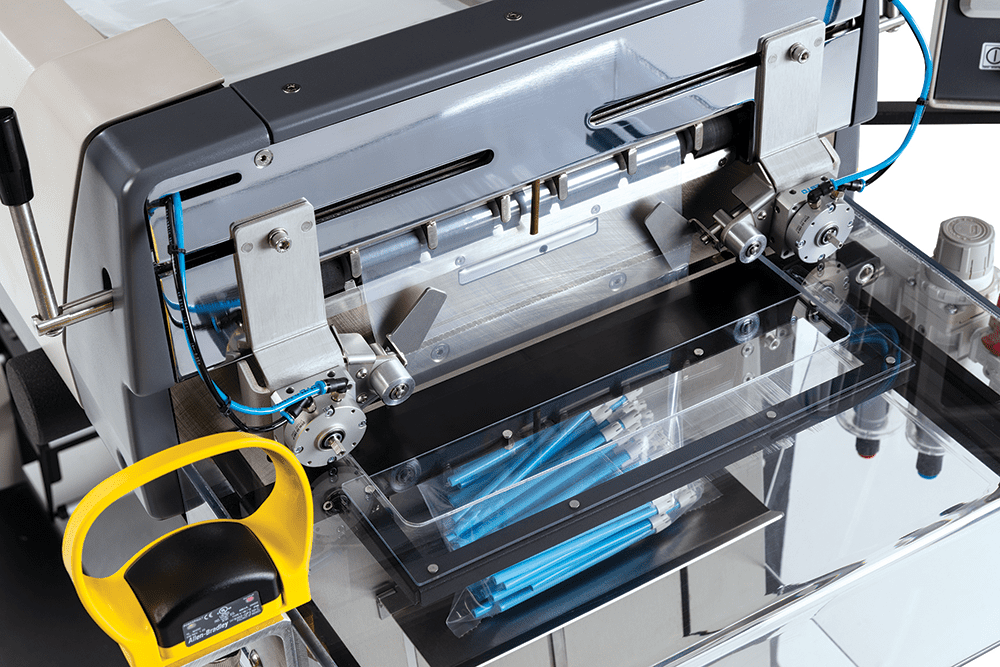
Autobag® Brand 500™ Bagging System
Next-generation bagging that optimizes flexibility for fulfillment, short-run, and build-on-demand operations
The Autobag® 500™ bagger represents a cutting-edge, automated filling and sealing device known for its dependability, versatility, and efficiency in packaging operations. With a remarkable capacity to process over 100 bags per minute, this system ensures optimal machine uptime and cost-effectiveness.
Incorporating state-of-the-art engineering, the Autobag 500 features an innovative and inherently safe design that eliminates the need for light curtains or double palm switches, making hand-load operations secure. Furthermore, its customizable configuration allows for left- or right-hand access to the Human-Machine Interface (HMI), cycle switch, and bag loading area, thereby enhancing ergonomics and operator efficiency.
Designed for adaptability, the Autobag 500 can cater to diverse packaging requirements. Its open architecture enables seamless compatibility with Autobag and third-party counting devices, scales, and feeds. Moreover, networking capabilities facilitate integration with pack stations and centralized monitoring, especially when combined with the AutoLabel 500™ inline imprinter to create a complete Print-and-Pack™ solution.
The system’s straightforward design, featuring minimal moving parts, not only reduces long-term expenses but also enhances reliability. On-board diagnostics and modular components further streamline maintenance tasks.
By utilizing genuine Autobag pre-opened bags-on-a-roll or bags-in-a-box where applicable, the Autobag 500 heralds a new era of top-notch, adaptable bag packaging solutions supported by an unmatched engineering expertise and service network in the industry.
User Benefits:
- Easily integrates with inline printers, counters, scales, and conveyors for semi- to fully-automatic bagging
- Modular components and dedicated service access simplify maintenance and repairs to maximize uptime
- Multi-position unwind with tension control simplifies changeover
- AutoTouch™ Control Screen accesses operator tutorials, help system, on-board diagnostics, and performance monitoring
- More bag size options; from 2″ W x 2.5″ L to 12″ W x 20″ L supported (36″ long unsupported)
- Processor-controlled servo motors, Ethernet-capable networking, and flexible mechanical design streamline integration
- Compact footprint minimizes floor space
- Simple height adjustment and casters for operator comfort and portability
- A 45-degree tilt option is available for orienting long or delicate products
- Adjustable pass-through up to 5″ for maximum flexibility and packaging efficiency
- We maintain over 100 styles of stock bags and manufacture custom bags that include printing in up to 10 colors and a variety of special features
- A newly designed bag sealer area combined with improved temperature control and optional seal flatteners ensure consistent, high-quality seals
- Optional Additions: range of infeed funnels, raised unwind, SimpleCount™ counting system, product load tray, bags-in-a-box adapter
Typical Applications:
- Aerospace & defense
- Apparel & accessory packaging
- Automotive
- Electronics
- Hardware & fasteners
- Healthcare
- Hobby & craft
- Household products
- Personal products
- Pet products
- Toys
Techical Specifications
| Weight: | 350 lbs. |
| Electrical: | Universal Input: 110V to 240V VAC, 50/60 Hz Power Consumption: 500 Watts (VA) max |
| Air Feed: | 5 CFM/80 psi of clean, dry air |
| Width: | 37.6 in. (Adjustable) |
| Height: | 37.1 to 47.1 in. |
| Length: | 64.5 in. |
| Pass-Through: | 5 in. max |
| Bag Thickness: | 1.09 to 4.0 mil |
| Bag Sizes: | W 2 to 12 in. L * 2.5 to 20 in. |
| Weighing Capacity: | Up to 5 lbs. (with load shelf) |
*There are two versions, Long and Short. Long configuration min length is 5 in. Short min length is 2.5 in.
OUR SIMPLE PRODUCT LINE




